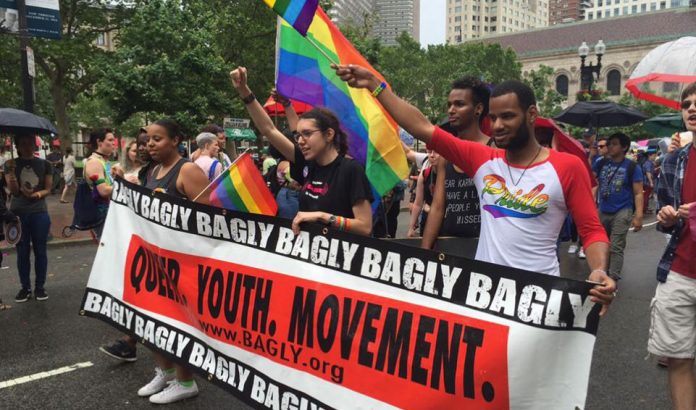
According to a new Brown University study on Massachusetts teenagers published in an American Medical Association journal, JAMA Pediatrics, depression rates of teens remain significantly higher than their heterosexual peers, despite an overall decline in teen depression.
In the study, nearly 33,500 Massachusetts teens were studied. The results are meant to have national implications. Given the Bay State’s relatively robust youth support services as compared with other regions of the country, the findings are especially noteworthy.
“Kids are coming out earlier and parents are much more aware of sexual orientation and gender identification than ever. That’s great. But that means we now have to step up and fill a huge and continuously growing need for more and more child development and family support to help these kids,” said Caitlin Ryan, director of the Family Acceptance Project at San Francisco State University, in an Oct. 22 HealthDay report.
“And that hasn’t happened, which means that today we have an enormous gap between need and reality when it comes to social services for LGBT youth,” she said.
According to HealthDay:
Among teens who identified as straight, nearly 3 in 10 said they had felt depressed for two weeks in a row or more back in 1999. By 2017, that number was down about 5 percentage points.
However, the numbers were far worse among those who identified as gay or lesbian. In 1999, more than half (51%) indicated being depressed. And that figure remained unmoved nearly 20 years later. (Transgender youth were not included in the survey.)
“To our knowledge, this is the first study to be able to look at data across nearly two decades to demonstrate that rates of depressed mood in sexual minority, compared to heterosexual youth, have not improved over time,” said study author Alexandra Bettis [a postdoctoral fellow in Brown’s Department of Psychiatry and Human Behavior]. …
Among those [in the study] identifying as straight, 29% reported struggling with depression in 1999. That represented a high mark, before dipping to a low of just under 22% by 2009. By 2017, it was back up to nearly 24%.
Among teens who identified as gay or lesbian, depression rates dipped from a high of 55% (in both 2003 and 2015) to a low of 44% (in 2011). By 2017, risk went up to the same as in 1999: roughly 52%.
When depression risk was based on reported sexual behavior rather than orientation identity, the numbers were worse. Among straight teens, depression figures of almost 36% in 1999 fell to just under 30% by 2017. Among non-straight teens, the 1999 number was nearly 49%. But by 2017, it had risen to almost 54%.
Bettis said that the findings suggest a couple of things: Either social services for gay or lesbian youth aren’t working or these teens simply don’t have adequate access. “So we need to do a better job getting these youth into care,” she noted.
Ryan agreed.
“We need families involved. And we need social services to support these families. But at a very basic level, where children actually live, their lives lack support,” Ryan said. “I don’t think this is on the radar yet of state and county agencies that provide mental health services for children and adolescents. I don’t think serving agencies understand the profound need.”
Not a subscriber? Sign up today for a free subscription to Boston Spirit magazine, New England’s premier LGBT magazine. We will send you a copy of Boston Spirit 6 times per year and we never sell/rent our subscriber information. Click HERE to sign up!









